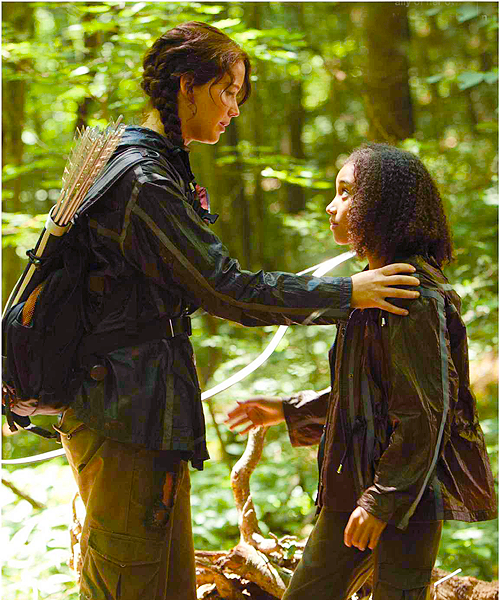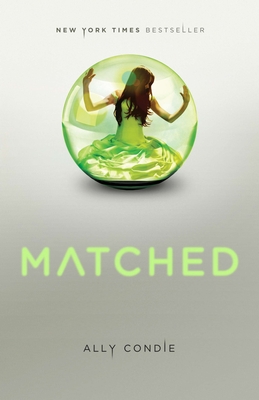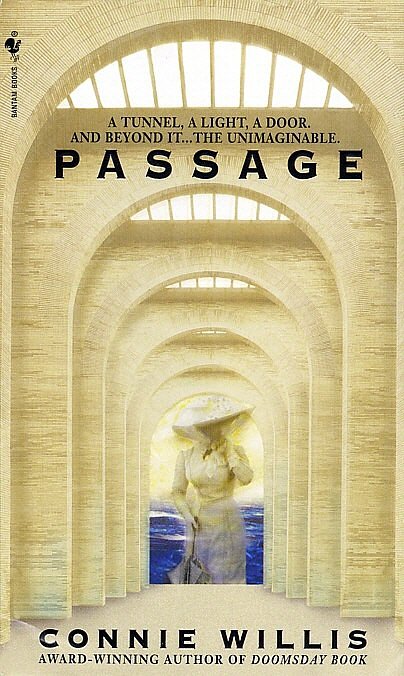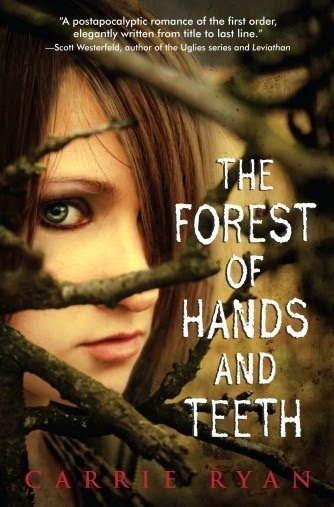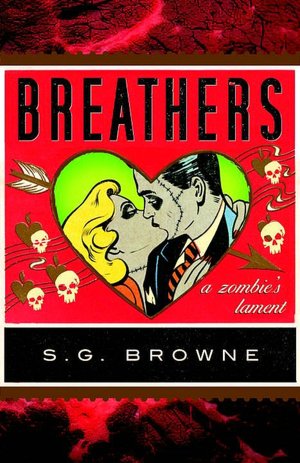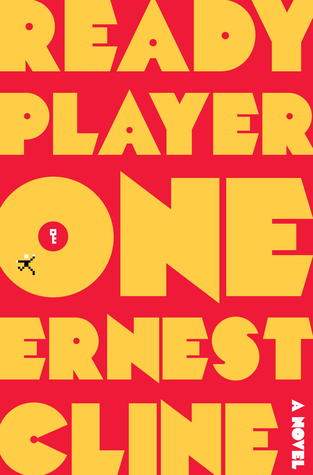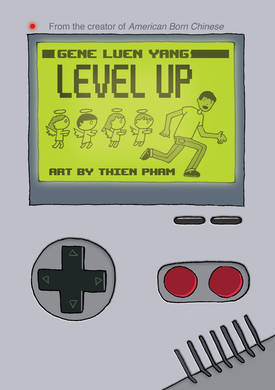Of course you’ve seen the The Hunger Games movie. The Hunger Games is your favorite book; you’ve read it a dozen times. You’ve read Catching Fire and Mockingjay. Hell, you’ve read The Hunger Games Companion, and The Girl Who Was On Fire: Your Favorite Authors On Suzanne Collins’ Hunger Games Trilogy, and even The Unofficial Hunger Games Cookbook. But it’s not enough! What will you do without gritty, futuristic worlds stricken by environmental disasters and world wars? What will you without a revolution to bring down a sly Big Brother-like government? What will you do without a stubborn, sarcastic, tough-as-nails but secretly tenderhearted heroine to root for? Don’t worry! You’re in luck! There’s a whole new generation of rebel girls (and a few rebel boys) on the bookshelves, and they’re not going down without a fight.
Blood Red Road by Moira Young, 2011, Margaret K. McElderry Books (Teen Science Fiction).
Eighteen-year-old Saba’s life is a hard one—eking out an existence on a drought-stricken homestead in a post-apocalyptic wasteland. But with her twin brother Lugh at her side, she can bear anything. So when a dust storm brings four horsemen who kidnap Lugh, Saba rises to the challenge with a ferocity that surprises even herself. Abandoning her home—but with her annoying kid sister in tow—Saba enters a desolate wilderness that is filled with enemies. Quickly captured and imprisoned, Saba earns the sobriquet “Angel of Death” when she’s forced to compete in cage matches for a maniacal ruler who styles himself after the Sun King and keeps his minions under control with drugs and violence. But when a rebel force of girl warriors and a ne’er-do-well fellow fighter named Jack offer Saba a chance to escape, she must decide if challenging her world’s order is worth the cost of losing Lugh forever. Like Katniss of The Hunger Games, Saba is at times surly, churlish, and single-minded. But, like Katniss, there are also hidden depths to Saba’s determination and untapped reserves of daring strength. With her direct, rough-and-tumble narration and nonstop intensity, readers will follow Saba to the ends of the earth and back.
Dustlands Trilogy
1.) Blood Red Road
2.) Rebel Heart (released October 2012)
3.) to be announced
Enclave by Ann Aguirre, 2011, Feiwel and Friends Books (Teen Science Fiction).
When the world ended, the people left behind moved underground. Now they survive in barricaded enclaves below the streets, focused on three simple things: breeding, building, and hunting. When they turn sixteen, kids cease to be nameless brats and become working members of this desperate society. Deuce becomes a Huntress, specially trained to find food outside the enclave—and to fight the human-like, flesh-eating Freaks who roam the abandoned tunnels and sewers. Partnered with the enigmatic Fade, who came to the enclave as a young boy having survived on his own, Deuce begins to suspect that the Freaks are no longer the mindless monsters they used to be—they’re getting smarter. But the enclave elders dismiss Deuce’s reports, and Deuce is banished to keep her rumors from spreading. Unexpectedly, Fade agrees to go with Deuce. He claims he once lived Topside, and that the world above is not the blighted ruin the elders say it is. So Deuce leaves the only world she’s ever known for a whole new set of dangers in a world where nothing is as it seems. Enclave is the first of a planned trilogy and like The Hunger Games, it’s a page-turner with the first gritty volume hinting at more chaos to come.
Razorland Trilogy
1.) Enclave
2.) Outpost (released September 2012)
3.) to be announced
Divergent by Veronica Roth, 2011, Katherine Tegen Books (Teen Science Fiction).
Beatrice Prior has lived her whole life in Abnegation, where you always put the needs of others before your own. But when Beatrice turns sixteen, she will be tested and have the option to join one of the other factions that her city is divided into—Amity (peace), Erudite (intelligence), Candor (truth), or Dauntless (bravery). The motto of this brave new world is “faction before blood,” and individuals are expected to dedicate their lives to the virtue their faction promotes. So Beatrice is shocked when her scores show that she could belong to more than one faction. She is labeled Divergent, and like Katniss in The Hunger Games, Beatrice must play a dangerous game with the authorities to minimize the danger she’s in. Dauntless seems the best place for Beatrice—now calling herself as Tris to match the punk stylings of her new faction—to find answers. As she and the other Dauntless initiates undergo a series of trials to prove their worth, Tris finds it impossible to forget her life in Abnegation, especially since many Dauntless want to trade cruelty for courage. Throw in a romance with a handsome instructor and growing rivalries between factions, and Divergent becomes the first of a hard-hitting, unpredictable new dystopian trilogy.
Divergent Trilogy
1.) Divergent
2.) Insurgent
3.) to be announced
Matched by Ally Condie, 2010, Dutton Books (Teen Science Fiction).
Like The Hunger Games, Matched begins with an annual ceremony at which a futuristic society’s young people are singled out for a new future. Katniss and her fellow twelve-to-eighteen-year-olds face the prospect of a forced fight to the death. Seventeen-year-old Cassia Reyes, however, is attending her Match Banquet. Her Society’s leaders, using a careful system of probability and statistical odds, have matched Cassia with her ideal future husband. Cassia is thrilled and excited—more so when her Match turns out to her best friend, Xander. But then something unusual happens. The face of a different boy altogether flashes across Cassia’s screen. His name is Ky, he’s been labeled an Aberration, and Cassia is told the whole thing is a computer glitch and not to give it a second thought. But for a naturally curious girl with a soft spot for old artifacts and banned literature, that’s much easier said than done. Soon the cracks in the facade of the seemingly perfect Society begin to show, and Cassia faces some crucial choices. With a love triangle to rival that of Katniss, Peeta, and Gale, Matched challenges the very notion of freedom of choice. It’s also immensely romantic, dramatic, and action-packed. Have the sequel close at hand.
Matched Trilogy
1.) Matched
2.) Crossed
3.) Reached (released November 2012)
Legend by Marie Lu, 2011, G.P. Putnam's Sons (Teen Science Fiction).
June Iparis is the opposite of Katniss Everdeen—while Katniss is a lowly citizen of Panem’s poverty-stricken District Twelve, June is the genius daughter of the Republic, a highly-trained soldier who is dedicated to the cause of putting down the rebellion. It’s the boy Day who most resembles Katniss. He’s the Republic’s most-wanted criminal, a street-wise justice fighter, a thorn in the side of the elite military officials. But when Day is accused of killing June’s brother, she vows revenge. And when the two finally meet, sparks fly—and supposedly known truths begin to crumble. Like Katniss and Peeta in The Hunger Games, June and Day form an unexpected alliance that begins to uncover secrets about the series of plagues that annually infest the poorest neighborhoods, the Trials that all ten-year-old citizens are required to take, and the ongoing war between the Republic and the outlying Colonies. June and Day tell their stories in distinct voices through alternating chapters, and there’s plenty of action, wit, mystery, and intriguing world-building. Star-crossed lovers who take on a totalitarian government? Hunger Games fans are practically guaranteed to be lining up for Legend and its upcoming sequels.
Legend Trilogy
1.) Legend
2.) Prodigy (released January 2013)
3.) to be announced
Uglies: Shay’s Story by Scott Westerfeld and Devin Grayson, illustrated by Steven Cummings, 2012, Del Ray Books (Teen Science Fiction/ Graphic Novel).
The first book of the Uglies series was published in 2005, three years before The Hunger Games. But a graphic novel version has been released, and the new story packs just as much punch. In the original Uglies, Tally eagerly waits her sixteenth birthday, when, through the miracle of her society’s high-tech plastic surgery, she will become beautiful. As a Pretty, her only goal in life will be the pursuit of a good time. But then Tally’s best friend Shay unexpectedly refuses her makeover, running off instead to the Smoke, an outside colony of Uglies. If Tally doesn’t spy on the Smoke, she won’t be allowed to become Pretty. The graphic novel version tells Shay’s side of the story—her attraction to the prankish Uglies gang calling itself “The Crims,” her growing dissatisfaction with the status quo, her friends’ desertion to Pretty Town, and her persuasive (except to Tally) arguments against becoming Pretty. Shay is a born rebel—much like a certain tribute from District 12—and the story from her point of view becomes something darker, more active, with the consequences of the characters’ actions even more significant. The manga-like artwork provides a light touch to a story that becomes more engrossing with each new image.
Girl in the Arena by Lise Haines, 2009, Bloomsbury Books (Teen Science Fiction).
In the not-too-distant future, society copes with worldwide war and constant violence by embracing an extreme pastime: the ancient sport of the Gladiator. The corporate Gladiator Sports Association enforces a strict code of laws and rules—so strict that they extend beyond the arena to a Gladiator’s earnings, property, and family. So when eighteen-year-old Lyn’s stepfather Tommy is killed in a match, the GSA requires that she marry his opponent, Uber, or her family will lose everything. Lyn has grown up immersed in Glad culture (her father and all six of her stepfathers met their end in the arena) but she has no intention of becoming a traditional Glad wife. Instead, she breaks all convention and challenges the GSA and Uber to another death match—and she’ll be doing the fighting. The problem is, Uber’s not really such a bad guy… Like Katniss, Lyn is a girl determined to get herself out of a mess that is not of her own making. She’s also in a forced fight to the death in an arena while crowds of fans scream for blood. But this is no Hunger Games rip-off. Girl in the Arena is a smart, savvy, satirical addition to the tough-girl dystopian genre.
Pure by Julianna Baggott, 2012, Grand Central Publishing (Science Fiction).
If you were lucky enough to survive the Detonations, you found yourself fused to whatever was near you—metal, glass, plastic, animals, each other, the earth itself. Pressia was just eight-years-old when the Detonations hit; now sixteen, her arm ends in a doll-head fist. If you lived in the Dome, a gleaming environment on the hill, you were more than lucky—you were safe and protected from the wretched survivors outside. Partridge is the son of a Dome official, but when he hears rumors that his missing mother may have survived outside, he risks everything to escape. Partridge runs straight into Pressia, who is on the run from the rouge military group that rounds up teenagers for forced service. Together, the wretch from outside and the “Pure” from the Dome—plus Bradwell, a survivor with birds in his back and El Capitan, who is fused to his brother—discover strange secrets about life inside and outside the Dome. The combination of an ominous government, a rebellion that doesn’t deliver everything it promises, and a shaky alliance between the privileged and the poverty-stricken will thrill fans of The Hunger Games and keep them on the edge of their seats for the next installment of the weird, wild Pure Trilogy.
Pure Trilogy
1.) Pure
2.) Fuse (released February 2013)
3.) to be announced
